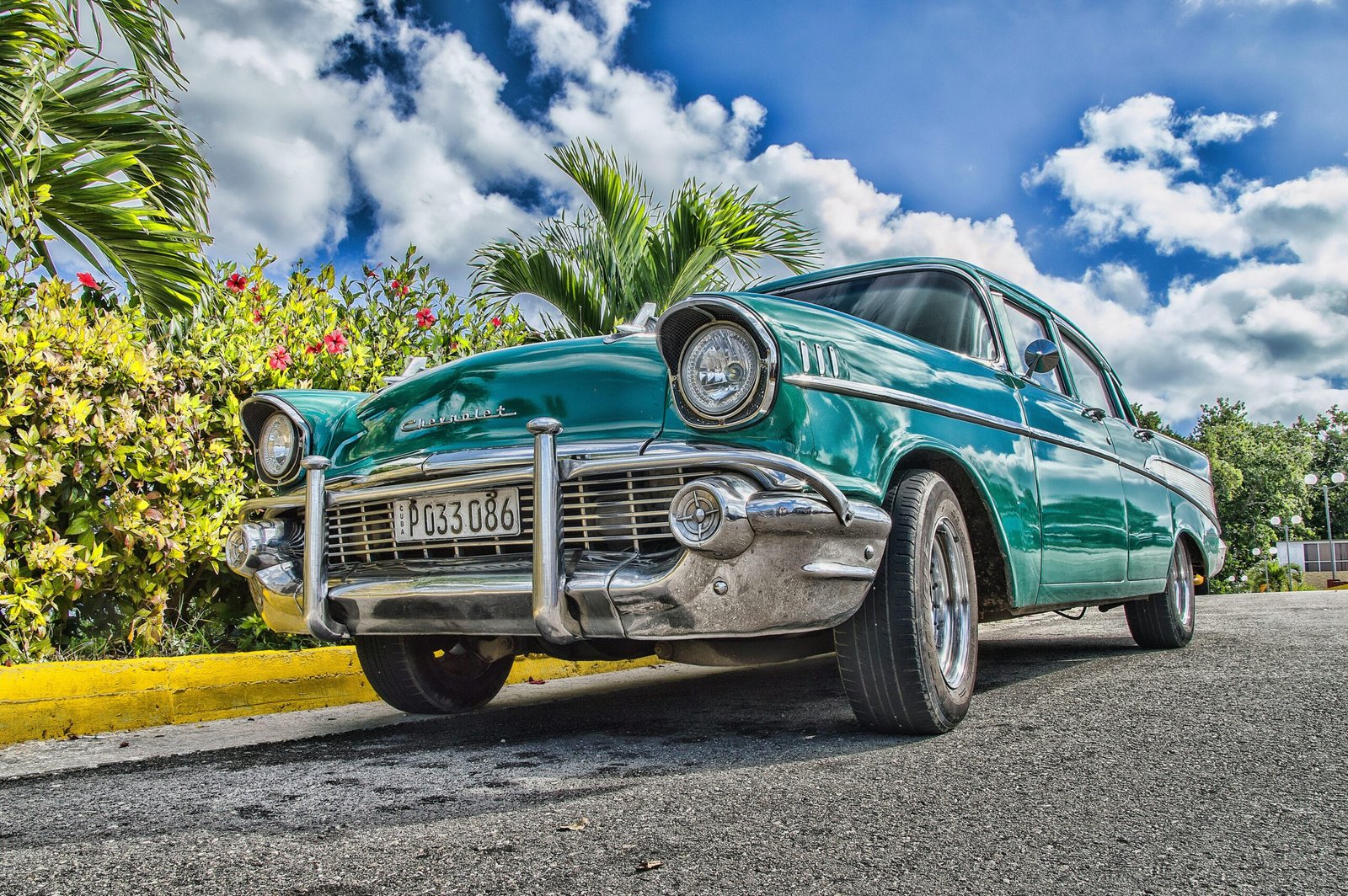Selling an old car can be a relief for many owners. Often, it marks the end of a vehicle’s life on the road, but what happens once the car changes hands? Many people are unaware of the intricate processes that take place behind the scenes in the car wrecking industry. Car wreckers play a crucial role in ensuring that vehicles are responsibly dismantled, and their components either reused or recycled. This not only contributes to environmental conservation but also provides an essential service to the automotive industry.
The Role of Car Wreckers
Car wreckers specialise in the dismantling of end-of-life vehicles, extracting valuable parts, and recycling materials. Once you sell your old car to a wrecker, it is brought to a facility where a detailed process of deconstruction begins. The first step is usually an inspection to assess which parts of the vehicle can be salvaged. Engines, transmissions, and other mechanical components are carefully removed, tested, and then sold to be used in other vehicles. This recycling of parts helps reduce the need for manufacturing new ones, saving energy and raw materials.
Environmental Impact of Car Wrecking
Car wrecking goes beyond simply dismantling vehicles. It plays a key role in promoting environmental sustainability. By recycling old car parts and materials, wreckers help minimize the amount of waste sent to landfills. Metals, plastics, and even fluids like oil and coolant are either reused or disposed of safely, preventing environmental contamination. Eco-friendly car removal services in Sunshine Coast ensure that these processes are carried out responsibly, reducing the environmental impact of vehicle disposal. This practice significantly lowers the carbon footprint associated with manufacturing new car parts, making car wrecking a greener and more sustainable alternative to traditional disposal methods.
Recycling Metals and Other Materials
One of the most significant contributions of the car wrecking industry is its ability to recycle metals. Cars contain a vast amount of steel, aluminium, and other valuable metals that can be repurposed. These metals are melted down and reformed, reducing the need for mining and processing new materials, which are energy-intensive processes. Additionally, car wreckers recycle rubber from tires, glass from windows, and even plastics from various parts of the vehicle. This extensive recycling process ensures that as much of the car as possible is reused, minimising waste.
The Economic Benefits of Car Wreckers
Apart from environmental advantages, car wreckers also provide significant economic benefits. By selling reusable parts, they create a market for affordable vehicle components. This is particularly helpful for car owners looking for budget-friendly repair options. Additionally, the recycling of metals and other materials contributes to industries beyond the automotive sector, creating jobs and fostering economic growth. The car wrecking industry acts as a bridge between vehicle disposal and material recovery, making it a vital part of both local and global economies.
Disposing of Hazardous Materials
Cars contain numerous hazardous materials that need to be handled with care during the wrecking process. These include engine fluids, batteries, and air conditioning refrigerants, which can be harmful to the environment if not properly disposed of. Car wreckers are trained to manage these substances safely, ensuring they do not contaminate the environment. For instance, batteries, which contain toxic lead, are removed and sent to specialised recycling centres. Similarly, refrigerants are carefully extracted and disposed of according to environmental regulations, preventing harmful gases from being released into the atmosphere.
The Growing Role of Technology in Car Wrecking
In recent years, technology has begun to play an increasingly important role in the car wrecking industry. Many wrecking facilities are now using advanced software to track parts, manage inventories, and optimise recycling processes. This allows for greater efficiency and transparency in the dismantling and recycling of vehicles. Technology is also being used to ensure that hazardous materials are disposed of safely, with computerised systems monitoring the extraction and disposal processes. As the industry continues to evolve, technology will undoubtedly play a larger role in ensuring sustainable and efficient car wrecking practices.
Conclusion
The hidden world of car wreckers is a complex and vital industry that plays a crucial role in both environmental conservation and economic sustainability. Once a car is sold to a wrecker, it embarks on a journey of recycling, where its parts are repurposed and its materials given new life. Through careful dismantling, recycling, and the responsible handling of hazardous substances, car wreckers ensure that old vehicles are disposed of in an eco-friendly manner. As technology continues to evolve, the car wrecking industry is poised to become even more efficient and environmentally friendly, making it an essential part of the automotive lifecycle.
Check out our latest blog entries.



